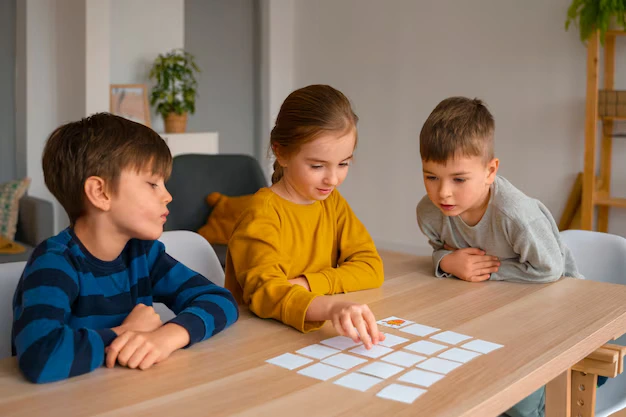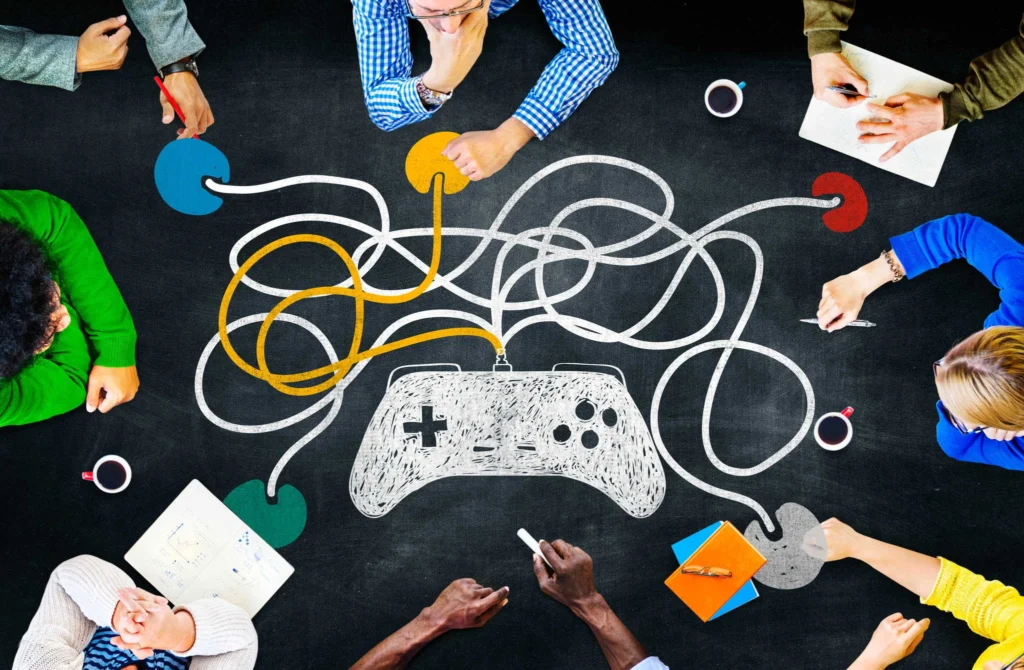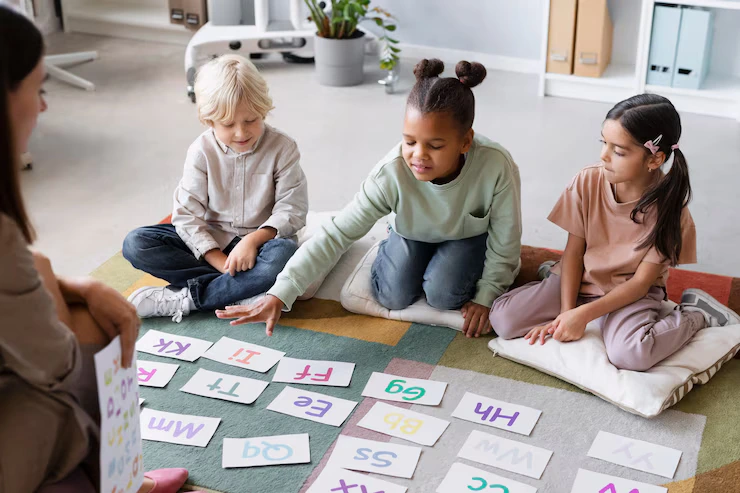Gamification in education simply means adding gaming in education. It is a fun way to teach children in an exciting manner using game-like elements. Instead of reading the same outdated books and taking tests, students can now earn points, get rewards and do fun activities. This makes school much more exciting. Adding games to education doesn’t only involve fun; education also provides more knowledge than traditional teaching methods. Gamification is useful in increasing students’ interest and boosting their learning capabilities. In this blog, we will be discussing how this is useful for students and how much it will benefit them.

Benefits of Gamification in Education:
- Makes Learning Fun:
- Who doesn’t like to play games? Learning in the form of games is as exciting as it sounds. It makes learning fun and easy for students. It not only provides them with knowledge; rather, it also provides important life skills such as teamwork.
- Increases Motivation:
- The games are in the form of quizzes, and students get points and rewards for every win. This increases their motivation and improves their concentration. These games are fun and exciting to play and improve the retention span of students.
- Encourages Healthy Competition:
- Gaming in education involves healthy competition as students can compare their points with each other. It motivates them to work harder and smarter. Some games also allow checking your position from students all over the globe; this helps students to be better, as it involves healthy competition.
- Helps with Problem-Solving:
- Many games involve problem-solving skills. They ask you to solve simple problems before heading to the next quiz. This improves students problem-solving skills.
- Improves Memory:
- Gamification improves students’ memory. It involves solving the same question many times, which improves memory power. Moreover, learning things in a fun way helps to retain the learnings and improve memory and focus.
- Personalised Learning:
- Every student learns at their speed. Traditional teaching methods often ignore this fact, but gamification helps to solve this problem. It has several levels, such as beginner, intermediate and hard. Students can select a level according to their calibre. It reduces unnecessary stress among students.
- Teaches life skills:
- Some games involve students working together. This improves the sense of teamwork and teaches students how to work with a group, improving many life skills such as teamwork, patience and communication.
- Instant Feedback:
- Games provide quick feedback. It helps students know whether they are doing well or need to work harder. This instant feedback helps them to tackle their lows easily.
- Reduces Stress:
- Gaming in education helps to reduce stress among students, as it is a fun way of learning. It doesn’t involve unhealthy competition among students, and if you don’t score well, you can retry and do your best.
- Increases Participation:
- Students are excited to join in when learning is fun. Gamification makes them want to participate and finish their tasks in a fun way.
Disadvantages of Gamification in Education
- Too Much Focus on Rewards:
Sometimes students only work for points or prizes. They may forget the real goal is to learn. - Not Fun for Everyone:
Some students don’t like games. They may feel left out or bored if the game doesn’t fit their style. - Takes Time to Set Up:
Teachers need extra time to plan and make games. This can be hard when they are already busy. - Can Be Distracting:
Some students may care more about winning than learning. This can take focus away from the lesson. - Needs Technology:
Many games use computers or tablets. If a school doesn’t have these tools, it can be hard to use gamification.
Examples of Gamification in Education:
- Duolingo for Learning Languages:
- Duolingo is an app that helps you learn languages by playing online games.
- You earn points and badges for completing lessons, making it fun to learn.
- Classcraft for Classroom Activities:
- Classcraft turns the classroom into an adventure. Students earn points for good behaviour and teamwork.
- They can unlock special powers and rewards as they work together.
- Kahoot! for Quizzes:
- Kahoot! is a quiz game where students answer questions quickly to get points.
- It is fun and lets students compete while learning.
- Quizizz for Interactive Quizzes:
- Quizizz lets students take fun quizzes while earning points.
- It is interactive and keeps students interested in learning.
- Minecraft Education Edition:
- Minecraft Education Edition helps students learn through building and exploring.
- It teaches subjects like math, history, and science in a fun way.
How to Implement Gamification in the Classroom:

- Set Clear Goals:
- Teachers should set goals for students to achieve, just like in a game.
- When students reach these goals, they earn points or rewards.
- Create Fun Challenges:
- Teachers can make fun tasks or challenges for students to do.
- These challenges can be quizzes, puzzles, or group projects that earn points.
- Use Rewards and Recognition:
- Rewards like badges or certificates keep students motivated.
- Students feel proud when they earn something for their work.
- Track Progress:
- Teachers can use progress bars or leaderboards to show how students are doing.
- This helps students see how much they have learnt and what they need to work on.
- Encourage Teamwork:
- Gamification helps students work together. Teachers can make group activities where students help each other.
- Teamwork teaches students to communicate and collaborate.
- Provide Instant Feedback:
- Gamification gives students immediate feedback on their progress.
- If they get an answer wrong, they can try again and improve.
- Make Learning Fun:
- Most importantly, gamification makes learning fun.
- Teachers should try to make lessons feel like a game so students look forward to learning.
5 Reasons Educators Turn to Game-Based Learning
- It Makes Learning Fun:
Students enjoy games. When learning feels like a game, they pay more attention and have more fun. - Students Stay Motivated:
Games give rewards like points and badges. These rewards help students feel proud and want to keep learning. - It Helps with Better Understanding:
Students learn by doing. In games, they solve problems and try again if they make mistakes. This helps them understand better. - Students Work Together:
Many games are played in groups. This teaches students teamwork, patience, and how to talk and listen to others. - It Works for Different Learning Styles:
Some students like pictures; others like moving or listening. Games use all these ways to help every student learn in their way.
Conclusion:
Gamification makes learning fun and exciting. By turning lessons into games, students stay motivated and want to keep learning. They earn points, get rewards, and feel proud of what they achieve. Gamification helps students remember what they learn, solve problems, and work well with others. It makes school feel less like a chore and more like an adventure. When teachers use gamification, students enjoy learning and perform better. Gamification is changing education, and it helps students learn in a way that feels fun and exciting.

